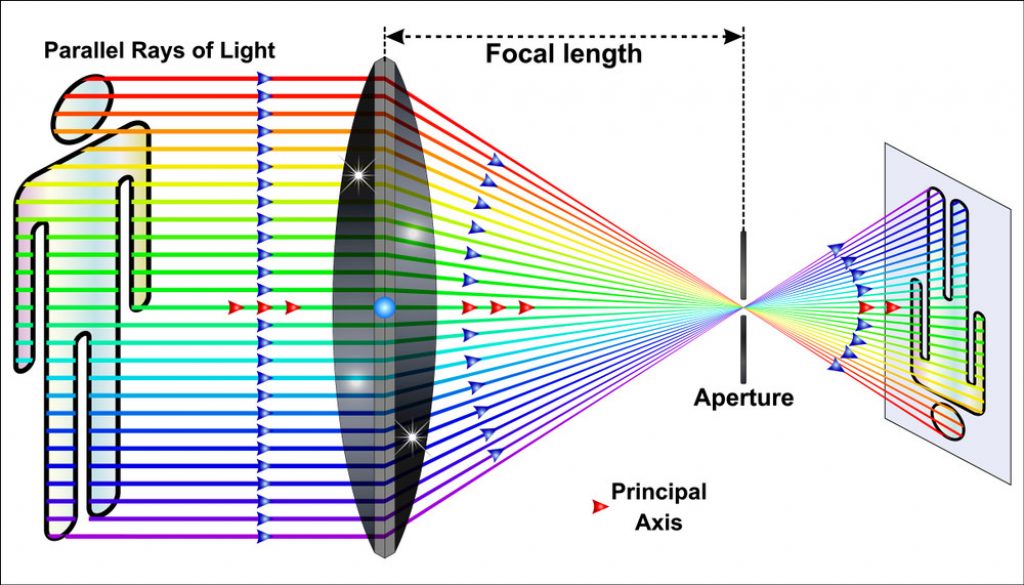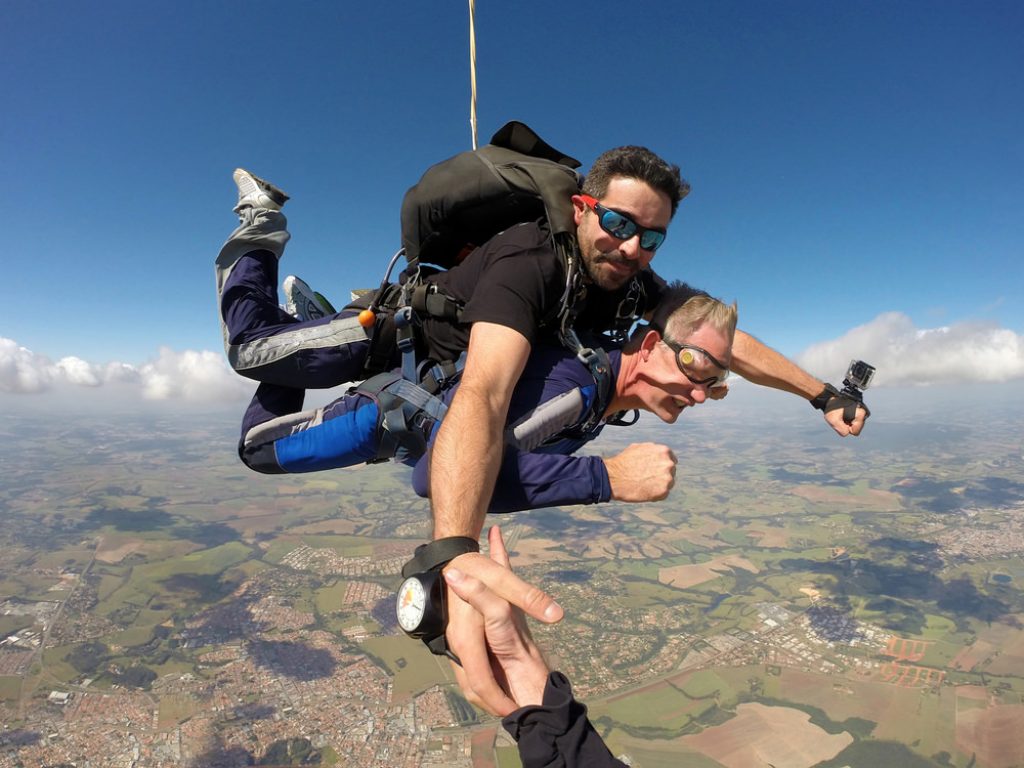How Do Cameras Work? Look Into the World of Cameras From Their Inception to Today
How do Cameras Work –
From Ancient China to YouTube!
Since time began, people had the desire to capture memories, or create pictorial stories, to keep, pass onto others or to send messages.
The precise reason for Stone Age cave paintings isn’t known, but it’s undeniable that they were created by people who felt the drive to recreate images of hunting animals with various mediums on cave walls. This drive continued to be part of humankind for many centuries – oil on canvas, watercolors, pastels and acrylics, and still continues today via the camera.
How Does a Camera Work?
What actually happens when you press the button?
Well, if you’re standing in a completely dark room and switch on a torch, the light travels in a straight line and bounces off whatever objects are in the room, allowing you to see them. All light works that way – straight lines that bounce off an object, traveling back to your eye. Very simply, your eye contains a curved lens which the beams of light pass through. The lens collects them into a single point of light, which then hits the retina at the back of our eye and via the optic nerve, we see the image.
Cameras work in much the same way.
A camera’s lens is curved so that it can collect the beams of light bouncing off an object, redirecting them into a single point, via an aperture, that’s projected onto the film or digital sensor. This creates a sharp, but inverted, image and once the image is turned the correct way, you have a photograph.
When Was the Camera Invented?
The history of the camera goes in staggered stages, with each stage being credited to a different inventor. The idea of projecting an image through a small pin hole in a screen, or dark box, to form an inverted version of the image on an opposite surface was originally described by the Chinese philosopher Mozi in the 4th Century BCE. Later known as the camera obscura, from the Latin for ‘dark chamber’, Mozi correctly theorized that this was due to the straight lines that light traveled in.
However, lacking a means to capture the projected image, the camera obscura, as a concept, had no practical application.
The Invention of Photography
With the concept of the camera already existing, it took until approximately 1816 for the first photograph to be created. Nicéphore Niepcé, a French inventor, took the camera obscura, and after experimentation, found that silver chloride could hold the projected image. Silver chloride darkens when exposed to light, so was the ideal material. However, once the plate was completely exposed to the light, the image was lost.
Eventually, after Niepcé’s death, his partner Louise Daguerre used a sheet of copper plated with silver and treated with iodine vapor to permanently capture an image. Called a daguerreotype, it became available to the public in 1839.
Things developed pretty rapidly after this, and in 1859 Thomas Sutton invented a wide-angle lens, and patented the first panoramic camera. This was followed by George Eastman presenting the first celluloid film Kodak camera in 1888, and in 1900, the Brownie. This was the first camera for the masses.
Camera and photography developments continued at a pace. In 1948, Edward Land developed the Polaroid, Kodak engineer Steve Sasson produced the first digital camera in 1975, and Japanese tech company Sharp presented the first camera phone to the world in 2000.
Digital Cameras
While most cell phones these days have cameras, they cannot produce the quality of image that a dedicated camera can, and many photographers prefer the lightweight digital single lens reflex camera, such as the Canon DSLR, or the Nikon DSLR.
Using a digital sensor instead of film, a DSLR camera allows the user to change lenses according to the photo he wishes to take, including the option of using highly specialized lenses. This means the photographer can be as creative as they wish, and with a range of digital sensor sizes available – larger equalling more pixels, image quality and resolution is awesomely impressive.
The smaller, more lightweight mirrorless cameras entered the market a couple of years ago, and are slowly catching up with the DSLRs in terms of popularity. In the DSLR, the mirror reflects the light onto the optical viewfinder, however without the mirror the imaging sensor is exposed to light at all times, and the need to switch the picture between the optical viewfinder and image sensor is eliminated. Mirrorless cameras are ideal as trail cameras, and the technology is often used for underwater photography.
YouTube Cameras
Another recent innovative development is the 360° camera. Hitting the ground running, the 360 is favored by many popular mainstream YouTubers, including Peter McKinnon, Matti Happoja and Gene Nagata/Potato Jet. With excellent resolution and stabilization, these advanced cameras have taken the YouTube world by storm, and their ability to shoot from a third person viewpoint (3PV), is rapidly increasing their popularity.
Technology improves every day, and who knows where we are going with cameras, but futuristic innovations aside, the camera is as popular as ever for capturing memories, making art and preserving the wonders of the world.



